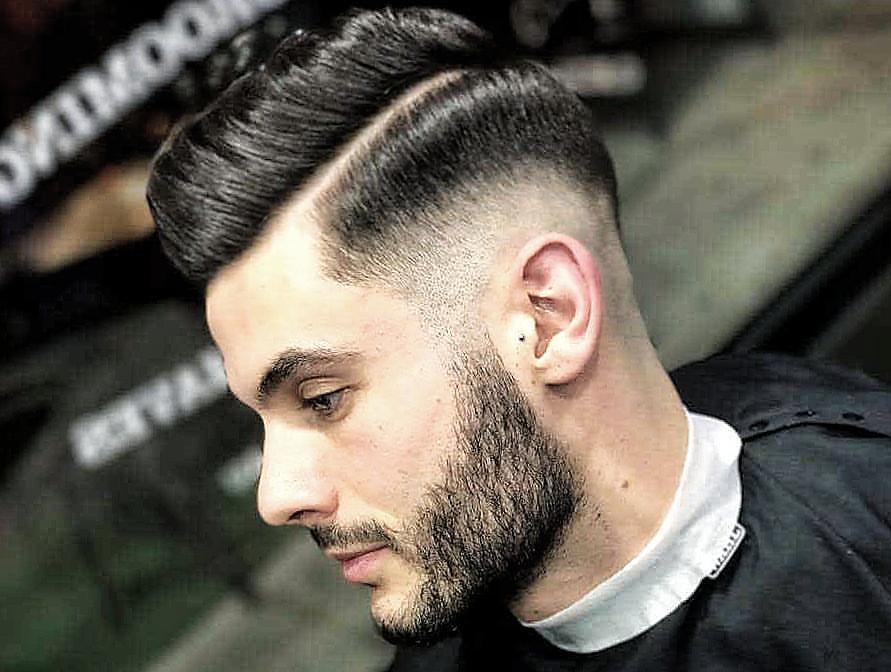Hair Cutting Schools

Barbering is probably the world's oldest professions, dating back to at the very least the Bronze Era when razors were found among relics unearthed in Egypt which dated back to this period. As the common perception is that barbers merely cut and style hair, in fact they offer an array of services, including shaves, scalp massages, hair coloring, bleaching and highlighting and also manicures and pedicures. Barbers are among the best compensated of personal appearance workers, earning an annual average of $24,781, although this may vary depending on where in fact the barber is practicing and their degree of skill and experience. Professional barbers must get training from state-approved hair cutting schools before they can be licensed to practice.
Hair cutting schools, better referred to as barber schools, are mainly focused on giving their students an education in providing the entire range of hair and skin services for men, which include cutting, styling, dying and bleaching, shaving and facials. In addition they learn the fundamentals of the different types of hair based on ethnicity, thickness, curliness and manageability, and how exactly to properly manage them, along with various hair and scalp conditions which could prevent or hinder proper styling. Before enrolling, however, students should make certain that the programs provided by the institution are state-approved so as never to encounter any problems later when applying for licensure exams.
Since nearly half of licensed barbers are self-employed, many hair cutting schools not merely provide training on all of the hair cutting and styling skills barbers need to pass licensing exams, but also courses that will aid them in good stead if they choose to setup their own barbershops, such as business finance and management and customer relations skills. As well, many barber schools provide their students the opportunity to take part in apprenticeship programs that would give them hands-on work experience. Students may also sign up for these programs through trade unions that could place them within an actual salon or barbershop.

Although barber shops do not have stringent entry requirements, applicants are commonly required to have at the very least a high school diploma or its equivalent, and become at least sixteen years old, although license requirements change from state to state. A full-time course at a barber school commonly takes around nine months to compete, though it can also be taken on a part-time basis. Graduates may be awarded an associate degree upon successful completion of training. After graduation, students have to prepare for their state licensure exams. Without https://notes.io/qDts7 , barbers can't be hired by salons or barbershops and cannot setup their own practices.
Licensure exams commonly have a written and a practical component. In the practical area of the exam, students are required to demonstrate their hair cutting and styling skills to inspectors. Your barber school may prepare you for licensure exams by taking practice tests. Additionally, there are many online resources available on taking and passing barber licensure exams. When you have passed your exam and earned your license, you may even have to renew it periodically.
